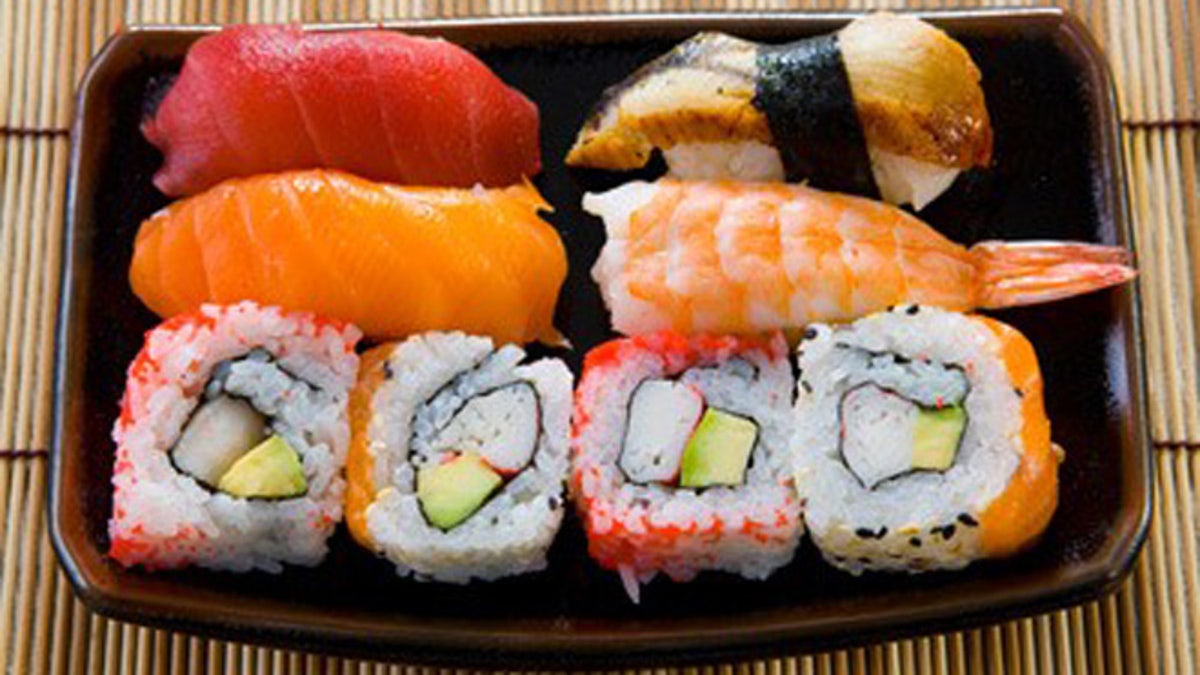
(iStock)
Raw tuna is the suspected source of a new outbreak of Salmonella, but how does tuna become contaminated with the bacteria in the first place?
Experts say that the Salmonella probably wasn't living on the fish itself, but rather the tuna became contaminated at some point when the food was being handled.
So far, at least 53 people in nine states have been sickened with a rare strain of Salmonella called Paratyphi B, according to the Centers for Disease Control and Prevention. When health officials interviewed 36 of the sick people, more than 90 percent said they ate sushi with raw tuna during the week before they became ill. Researchers are now investigating whether there is a common brand or supplier of raw tuna linked with the outbreak.
It's not typical for fish in a natural environment to harbor Salmonella, the way it is, say, for cows to harbor E. coli in their guts, said Benjamin Chapman, a food safety specialist and associate professor at North Carolina State University.
"If it's Salmonella [contaminating fish], it's more likely that it's associated with processing after the fact," Chapman said. [Top 7 Germs in Food That Make You Sick]
The Salmonella could come from people who handled the food in a restaurant or a processing facility, and didn't properly wash their hands, Chapman said. Or, other meats in the same processing facility, such as poultry or beef, might have cross-contaminated the fish, Chapman said.
Because health officials have not identified a specific product tied to the current outbreak, it's too soon to say how the tuna might have become contaminated.
"The more information that we get about [the product], the easier it would be to look for contamination roots," Chapman said.
Health officials also have not determined whether there was a single source of contaminated food, or multiple sources. But they have identified a specific DNA "fingerprint" that is unique to the strain of Salmonella in the current outbreak, and everyone got sick with this same strain.
"The genetic similarities would suggest that all of these illnesses are coming from a common source," Chapman said. "It would be unlikely that these illnesses are not linked."
So should you stop eating sushi? There isn't enough data to say that any one type of meat is "risker" than another — such as beef vs. fish, Chapman said. But in general, the risk of foodborne illness is higher with raw or undercooked meats, compared with cooked meats, Chapman said. That's because the extra step of cooking can kill potential pathogens.
With raw meats, "there's no step in between handing [and eating] to reduce risk," Chapman said.
People with weaker immune systems, such as children, the elderly, pregnant women and immunocompromised individuals, are at increased risk of foodborne illness, and so it's recommended that they not consume raw or undercooked meat, Chapman said.
- Science You Can Eat: 10 Things You Didn't Know About Food
- Poop Sausage to Pee Drinks: 7 Gross 'Human Foods'
- Salmonella Outbreak: 5 Tips for Cooking Chicken Safely
Copyright 2015 LiveScience, a Purch company. All rights reserved. This material may not be published, broadcast, rewritten or redistributed.